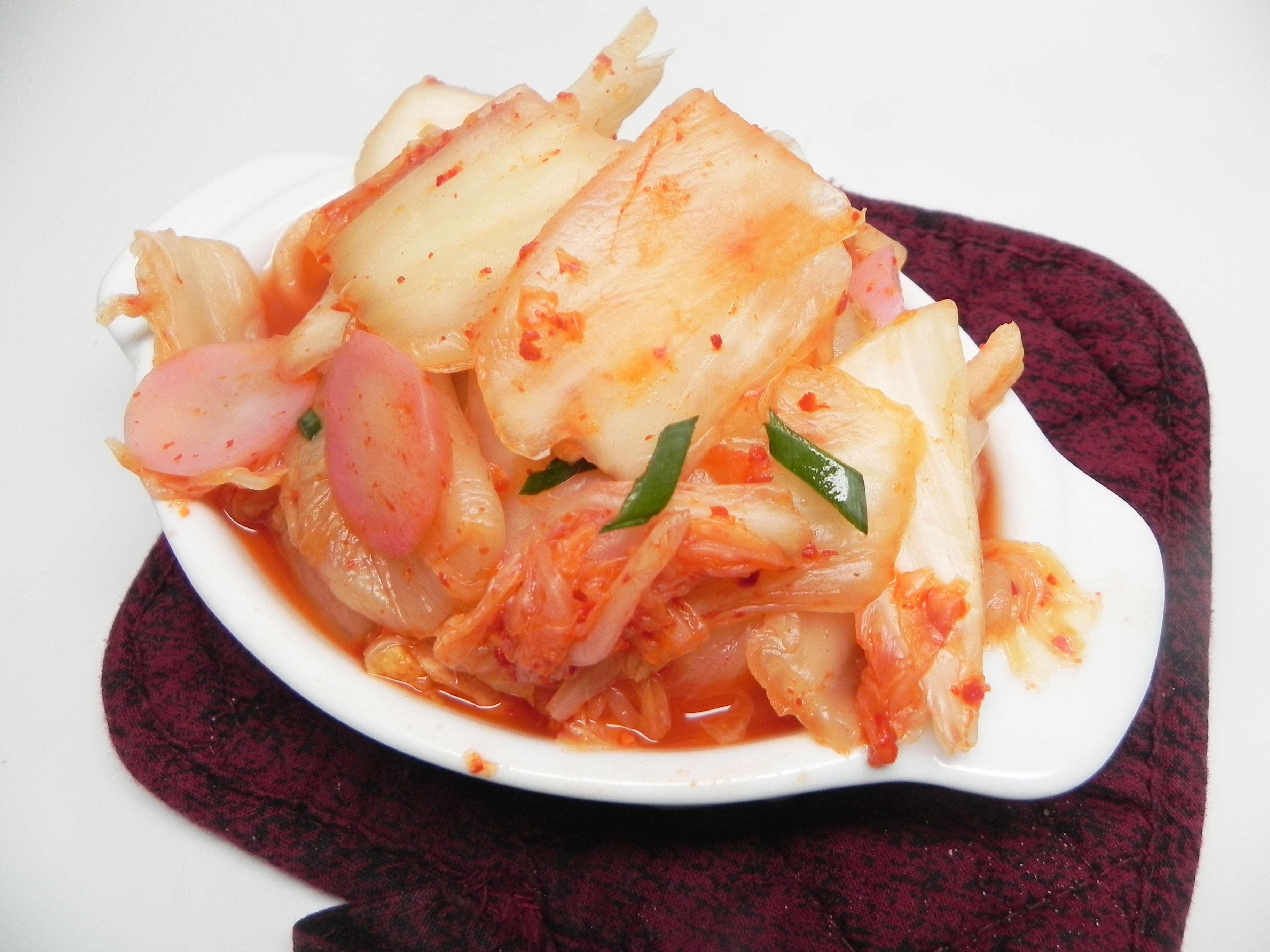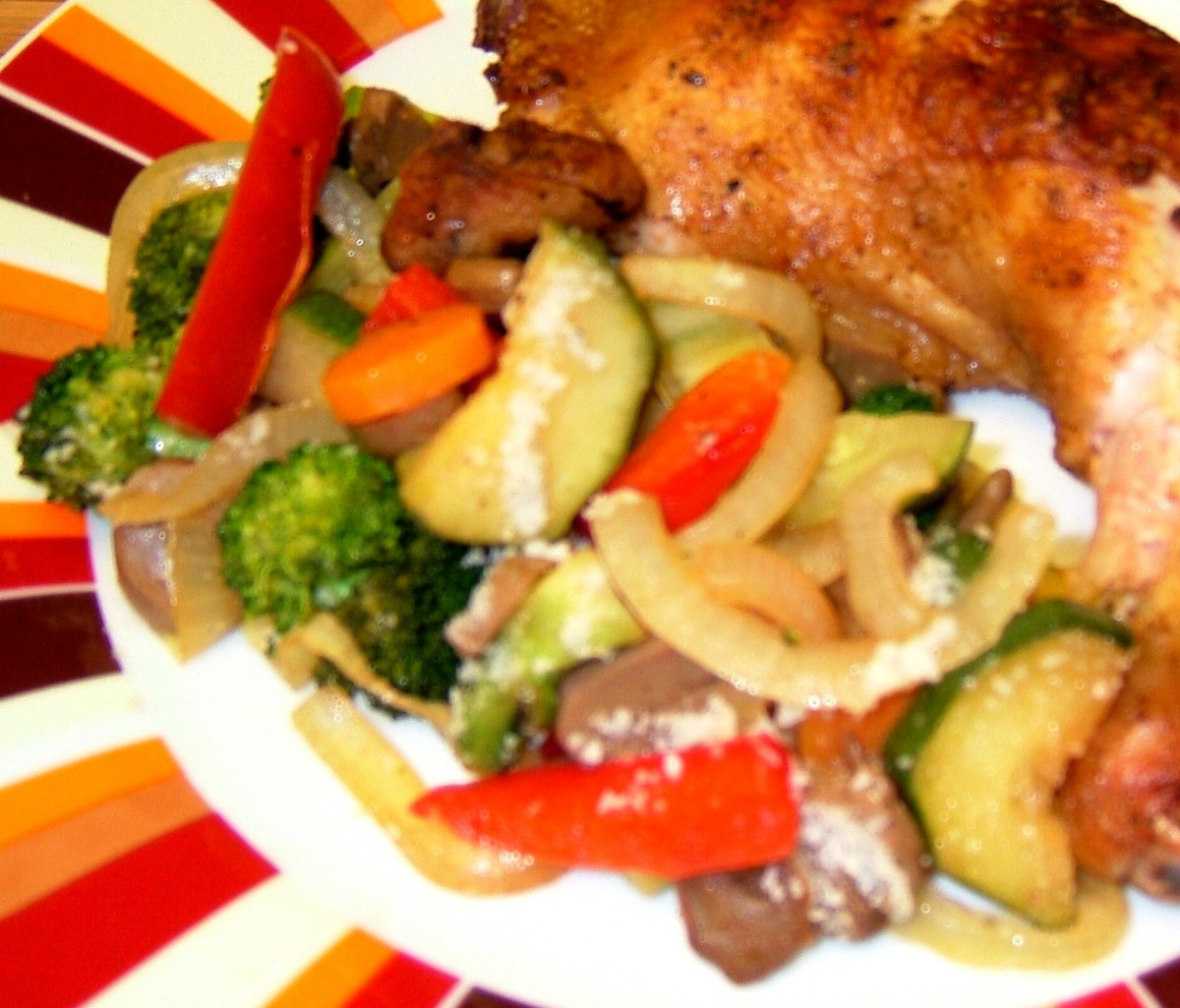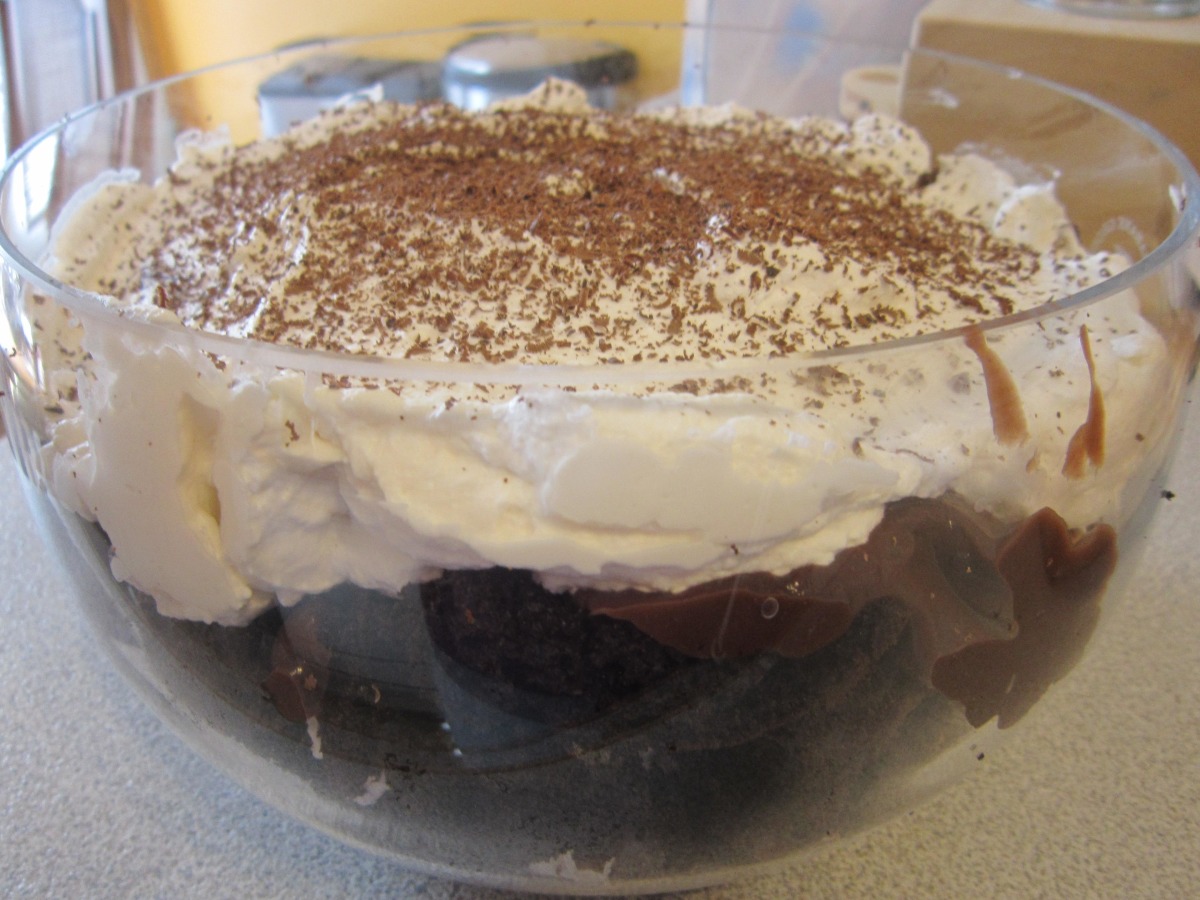**Unveiling the Tangy Delights of Vegetable Kimchi: A Culinary Journey into Korean Fermentation**
Kimchi, a staple in Korean cuisine, transcends its status as a mere side dish to become an art form of fermentation, embodying the country's rich culinary history. This article presents a diverse collection of vegetable kimchi recipes, each offering a unique flavor profile and catering to various dietary preferences. Embark on a culinary expedition into the world of kimchi, where vibrant vegetables undergo a transformation, resulting in a symphony of tangy, spicy, and umami flavors that dance on your palate. From the classic napa cabbage kimchi to innovative vegan and gluten-free variations, these recipes unveil the versatility and boundless creativity of this Korean culinary gem. Prepare to relish the probiotic benefits and explosive taste sensations that await you in the realm of vegetable kimchi.
TRADITIONAL KIMCHI (NAPA CABBAGE KIMCHI)

This Korean kimchi recipe shows you everything you need to know about how to make traditional cabbage kimchi. With this small batch recipe, you'll find it not that difficult to make good authentic kimchi at home.
Provided by Hyosun
Categories Side Dish
Time 1h
Number Of Ingredients 20
Steps:
- Cut the thick white part of the cabbage lengthwise in half. Then, slowly pull apart by hand to separate into two pieces. Do the same for each half to make quarters. Running the knife through all the way would unnecessarily cut off the cabbage leaves.
- In a large bowl, dissolve 1/2 cup of salt in 5 cups of water. Thoroughly bathe each cabbage quarter in the salt water one at a time, shake off excess water back into the bowl, and then transfer to another bowl.
- Using the other half cup of salt and starting from the outermost leaf, generously sprinkle salt over the thick white part of each leaf (similar to salting a piece of meat). Try to salt all the cabbage quarters with 1/2 cup salt, but you can use a little more if needed. Repeat with the rest of the cabbage quarters. Pour the remaining salt water from the first bowl over the cabbage. Set aside for about 6 - 8 hours, rotating the bottom ones to the top every 2 - 3 hours.
- The cabbages should be ready to be washed when the white parts of the leaves are easily bendable. Rinse thoroughly 3 times, especially between the white parts. Drain well, cut side down.
- Meanwhile, make the optional dashima broth by boiling a small piece (2 to 3 inch square) in 1.5 cup of water for 5 minutes, and cool. Mix the rice powder with 1/2 cup water (or optional dashima broth) and simmer over low heat, stirring occasionally, until it thickens to a thin paste, and cool.
- Prepare the garlic, ginger and saeujeot. Combine all the seasoning ingredients, including the rice paste and about 1/2 cup water (or the optional dashima broth), and mix well. Set aside until the red pepper flakes to dissolve slightly and become pasty.
- Cut the radish and optional pear into matchsticks (use a mandoline if desired), transferring to a large bowl. Cut the scallions diagonally into about 1-inch long pieces. Add the prepared seasoning mix to the radish, and mix well by hand. Throw in the scallions, and mix everything lightly. Taste a little bit. It should be a little too salty to eat as is. You can add salt, more salted shrimp or fish sauce, as needed. Let it sit for about 30 minutes to allow the flavors to meld nicely.
- Cut off the tough stem part from each cabbage quarter, leaving enough to hold the leaves together. Place one cabbage quarter in the bowl with the radish mix. Spread the radish mix over each leaf, one to two tablespoons for large leaves. (Eyeball the stuffing into 4 parts and use one part for each cabbage quarter.)
- Fold the leaf part of the cabbage over toward the stem and nicely wrap it with the outermost leaf. Place it, cut side up, in a jar or airtight container. Repeat with the remaining cabbages. If you have lose large leaves, you can use them to cover the top of the kimchi (see note 1). Once all the cabbages are in the jar or airtight container, press down hard to remove air pockets. Rinse the bowl that contained the radish mix with 1/2 cup of water (or any remaining optional dashima broth) and pour into the kimchi container. Close the lid.
- Leave it out at room temperature for a full day or two, depending on the weather and how fast you want your kimchi to ripen. A half day is recommended during hot summer days. Then, store in the fridge. (See note 2.)
KOREAN KIMCHI
My mother and I made this a tradition after our cousin taught us how to make it. This authentic dish is served over rice with every meal in Korea. This can be altered for a spicier version. Use a glass container and wax paper as this will discolor plastic and rust metal.
Provided by Christina P.
Categories Side Dish Sauces and Condiments Recipes Canning and Preserving Recipes Pickled
Time P2DT3h20m
Yield 20
Number Of Ingredients 6
Steps:
- Cut the cabbage leaves into 2 inch long pieces. Spread 1/4 of the leaves into a large, non-metallic bowl and sprinkle with 1/4 of the salt. Repeat layering all of the cabbage has been salted. Let stand at room temperature until a lot of liquid has been pulled from the leaves and the cabbage is tender, 3 to 4 hours; drain. Rinse the cabbage in 2 or 3 changes of water. Drain again very well and return the cabbage to the mixing bowl.
- Sprinkle the cabbage with the minced garlic, green onions, MSG, and red pepper flakes. Season to taste with additional salt and toss until evenly combined. Pack the mixture into a sterilized gallon-sized glass jar. Cover the jar with wax paper and a loose fitting lid so the seal is not airtight.
- Allow the cabbage to ferment at room temperature until it reaches the desired degree of sourness, 2 to 5 days. Store in an airtight jar in the refrigerator.
Nutrition Facts : Calories 30.3 calories, Carbohydrate 6 g, Fat 0.3 g, Fiber 1.4 g, Protein 1.6 g, SaturatedFat 0.1 g, Sodium 113.6 mg, Sugar 1.3 g
VEGETABLE KIMCHI
Steps:
- In a large bowl, toss together vegetables, salt, and sugar. Let sit at room temperature 1-3 hours for juices to release. Add scallions, gochugaru, garlic, fish sauce, and ginger; toss to coat.
- Divide kimchi between two 1-qt. jars, distributing liquid evenly and leaving 1" headspace.
- Eat immediately or let sit on countertop 2 days to allow fermentation to begin before refrigerating. Flavors will deepen over time.
- Do Ahead
- Kimchi can be made 2 months in advance. Open occasionally to release gases.
VEGETARIAN KIMCHI

This is a great authentic Korean dish: unlike in some kimchi, the sugar is from natural sources like persimmon and cucumber. It has a great flavor and just enough spice.
Provided by henry
Categories Side Dish Sauces and Condiments Recipes Canning and Preserving Recipes Pickled
Time P3DT2h25m
Yield 30
Number Of Ingredients 11
Steps:
- Rinse cabbage well. Put the cabbage in a bowl and sprinkle liberally with salt, tossing to mix. Set aside for 1 hour.
- Mix more salt into the cabbage and set aside for another hour. Wash and drain the cabbage. Combine the garlic, ginger, and onion in a blender with the water. Blend on high speed until smooth.
- Stir together the rinsed drained cabbage, garlic-ginger mixture, minced green onions, cayenne pepper, persimmon, radish, and cucumber and mix well. Transfer the mixture into airtight containers, and refrigerate for 3 days before serving.
Nutrition Facts : Calories 6 calories, Carbohydrate 1.3 g, Fiber 0.3 g, Protein 0.3 g, Sodium 1.9 mg, Sugar 0.4 g
Tips:
- Choose the right vegetables: Use a variety of vegetables that are firm and crisp, such as cabbage, carrots, radishes, and scallions. Avoid using vegetables that are too soft or watery, such as tomatoes or cucumbers.
- Use a clean container: Make sure the container you use to ferment the kimchi is clean and sanitized. This will help to prevent the growth of harmful bacteria.
- Maintain the right temperature: The ideal temperature for fermenting kimchi is between 60°F and 70°F (16°C and 21°C). If the temperature is too high, the kimchi will ferment too quickly and become sour. If the temperature is too low, the kimchi will not ferment properly.
- Be patient: Kimchi takes time to ferment, so be patient and let it do its thing. The fermentation process can take anywhere from a few days to a few weeks, depending on the temperature and the type of vegetables you are using.
Conclusion:
Making vegetable kimchi at home is a fun and rewarding experience. With a little care and attention, you can create a delicious and healthy side dish that will add flavor and probiotic benefits to your meals. So next time you're looking for a new and exciting way to enjoy vegetables, give vegetable kimchi a try.
Are you curently on diet or you just want to control your food's nutritions, ingredients? We will help you find recipes by cooking method, nutrition, ingredients...
Check it out »
You'll also love













